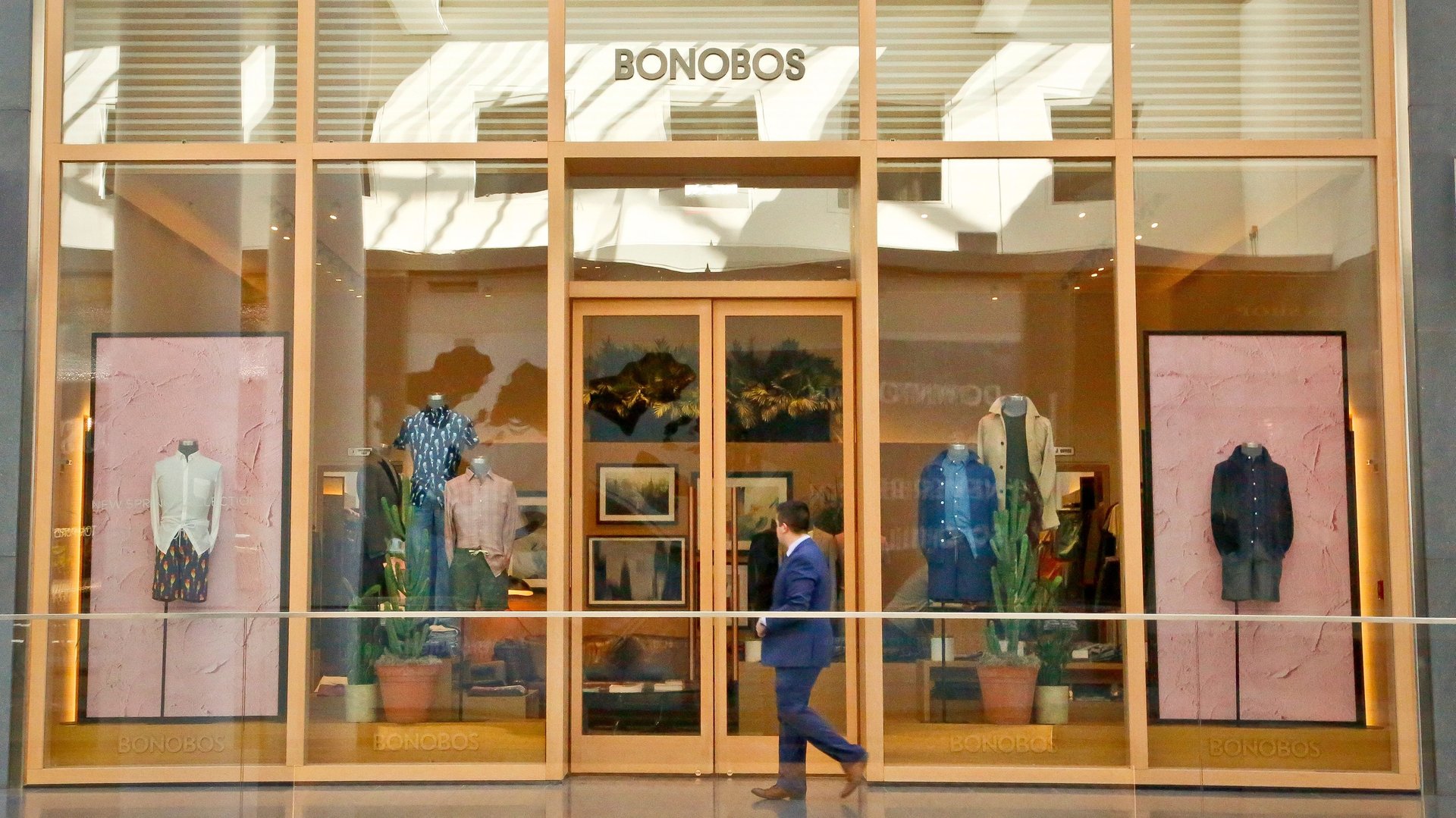Shoppers are flocking to brands that do one thing really well
Button-up shirts that are designed to be worn untucked sound like an absurd premise for a business. And yet the brand Untuckit, built on this exact idea, continues to rapidly open stores and did more than $100 million in sales last year, according to a Forbes estimate.


Button-up shirts that are designed to be worn untucked sound like an absurd premise for a business. And yet the brand Untuckit, built on this exact idea, continues to rapidly open stores and did more than $100 million in sales last year, according to a Forbes estimate.
Similarly, in recent years several brands have built businesses on products such as a better sock (Bombas), or men’s pants that fit well in the seat (Bonobos), or by selling quirky, vintage-inspired, size-inclusive dresses (ModCloth). They might also offer some unique type of value, such as an emphasis on social good or transparency (Everlane).
And at the same time that these brands are thriving, the idea of brick-and-mortar stores offering “everything you need, under one roof” looks to be losing its appeal. A number of big, mass retailers, including many department stores and specialty apparel chains that long served as “one-stop” shops, designed to outfit an entire family in one seasonal shopping spree, continue to struggle.
The contrast speaks to a change in how Americans are shopping. According to the market research by NPD Group, US shoppers reported buying 560 more clothing labels in 2017 than they did just three years prior. The additional brands they’re adding to their closets aren’t just these targeted brands; inexpensive private labels have blown up too, for instance. But in an era of rising direct-to-consumer sales, enabled by e-commerce and promoted via social media, many shoppers are gravitating toward brands that target their demographic and focus on a specific product or problem.
Shopping today is “not a one-size-fits-all approach,” Maria Rugolo, NPD’s fashion industry analyst, pointed out. One strength of these brands is that they assure customers that their individual needs and desires are being heard and addressed. It creates a feeling of connection, and according to Rugolo, “Brands that figure out how to make that connection with their consumer are the ones that will reap the benefits in an industry that isn’t growing as fast as its number of brands.”
The increase in the number of brands people are buying means fewer shopper dollars funneled into any one store. Edward Hertzman, founder and president of Sourcing Journal, a trade publication focused on fashion’s supply chain, says the average shopper isn’t buying everything in one place anymore, putting pressure on once-dominant brands like J.Crew.
“I might buy an Oxford shirt from Untuckit. I might buy a basic shirt from Uniqlo. I may buy a pair of chinos from Bonobos. I may buy a pair of shoes from X, Y, Z,” he says. “All of a sudden, those are all items that at one point in time I may have bought from a J.Crew.”
The scenario is great for smaller labels looking to grow, but not such good news for the large incumbents trying to keep their businesses from shrinking. If all brands owned equal market share, NPD notes, the increase in the number of brands people are buying means that there are 13% fewer dollars per brand to go around. It helps to explain why giant chains are contracting, and why a massive retailer like Walmart would want to buy niche companies with devoted fans, such as Bonobos and ModCloth.
The bottom line: Shoppers are less drawn to brands that try to be jacks of all trades, and more to those that are masters of one.